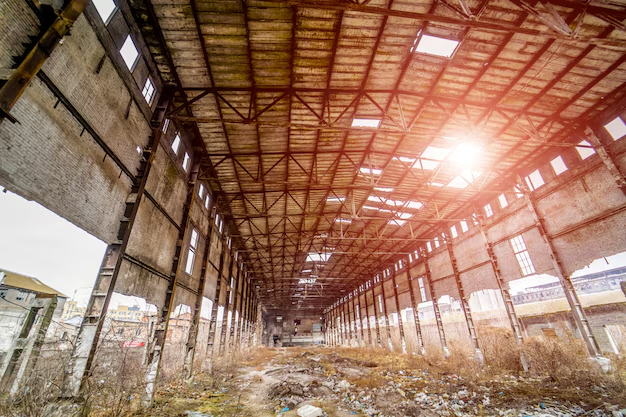Learn How to Build a Shed Roof Like a Pro
Building a shed roof can seem like an overwhelming task, but with a few strategic steps, even beginners can achieve satisfying results. Whether you're looking to store tools or create extra workspace, building your shed roof correctly is the key to a durable and weather-resistant structure. Here’s your comprehensive guide to getting it done right.
Planning Your Shed Roof
The first step in constructing a shed roof is careful planning. Choose the roof style that best suits your needs—gable, skillion, or gambrel—based on aesthetics, function, and climate challenges. Once you’ve made your choice, calculate the dimensions, slope, and materials required.
- Obtain necessary permits and review local zoning laws.
- Measure the shed to ensure proportions.
- Decide on roofing materials, like metal, shingles, or corrugated panels.
Building the Roof Frame
With your plans in hand, it's time to build the roof frame. This crucial foundation supports the roofing materials and affects the overall durability.
- Assemble rafters: Cut and secure rafters, ensuring they match your roof pitch. For greater stability, use a miter saw for precise angles.
- Use joist hangers to connect rafters to your shed walls. Ensure they are evenly spaced and level.
- Add ceiling joists to fortify the frame. This step is important, especially for larger sheds, to prevent bowing under the weight of the roofing materials.
Installing Roof Panels or Sheathing
Once the frame is ready, you can move on to sheathing. This involves laying boards or panels over the frame to create a weatherproof base layer.
- Attach plywood or OSB panels: Secure with screws or nails, ensuring a tight fit. Overlaps should be minimal to avoid leaks.
- Leave a small gap between panels to allow for natural expansion.
- For added protection, cover the sheathing with a waterproof underlayment or felt paper.
Adding Roofing Material
Choosing the right roofing material impacts both the longevity and visual appeal of your shed. Follow these steps:
- Lay down your choice of material, whether it’s shingles, sheet metal, or tiles, starting from the bottom edge.
- Overlap each row to ensure water runoff.
- Secure each piece according to material specifications, using screws for metal or nails for shingles.
- Cap the ridges to seal edges effectively.
Ensuring Structural Integrity
After your roof is constructed, inspect the entire structure for stability and leaks. Reinforce any weak spots and address any fitting errors promptly.
For those seeking additional value from their shed project, it's worth considering how this new space can impact your finances and education. Perhaps the extra space could be purposed into a small business, a workshop to learn a new trade, or an art studio. These endeavors might require funding, educational resources, or equipment, which leads us to explore potential financial aids and programs that can help enhance your investment.
Here's a quick guide to financial and educational opportunities that can support your project or turn your new shed into a potential income source:
- 🔧 Small Business Grants: Explore government or private grants to help fund setting up a workspace in your shed.
- 🏦 Low-Interest Loans: Consider applying for a home improvement loan to cover the costs of shed construction.
- 📚 Educational Grants: If you’re using the shed for a learning pursuit (like woodworking), educational grants might be available to fund courses or equipment.
- 💳 Credit Card Options: Cards with cashback on home improvement purchases can lessen the financial burden.
- 📊 Debt Relief Services: If you're consolidating finances to cover construction, debt relief programs might provide guidance and support.
Building a shed roof is more than just construction—it's about creating opportunities. With the proper approach and resources, a simple shed could be the foundation for something much greater.
